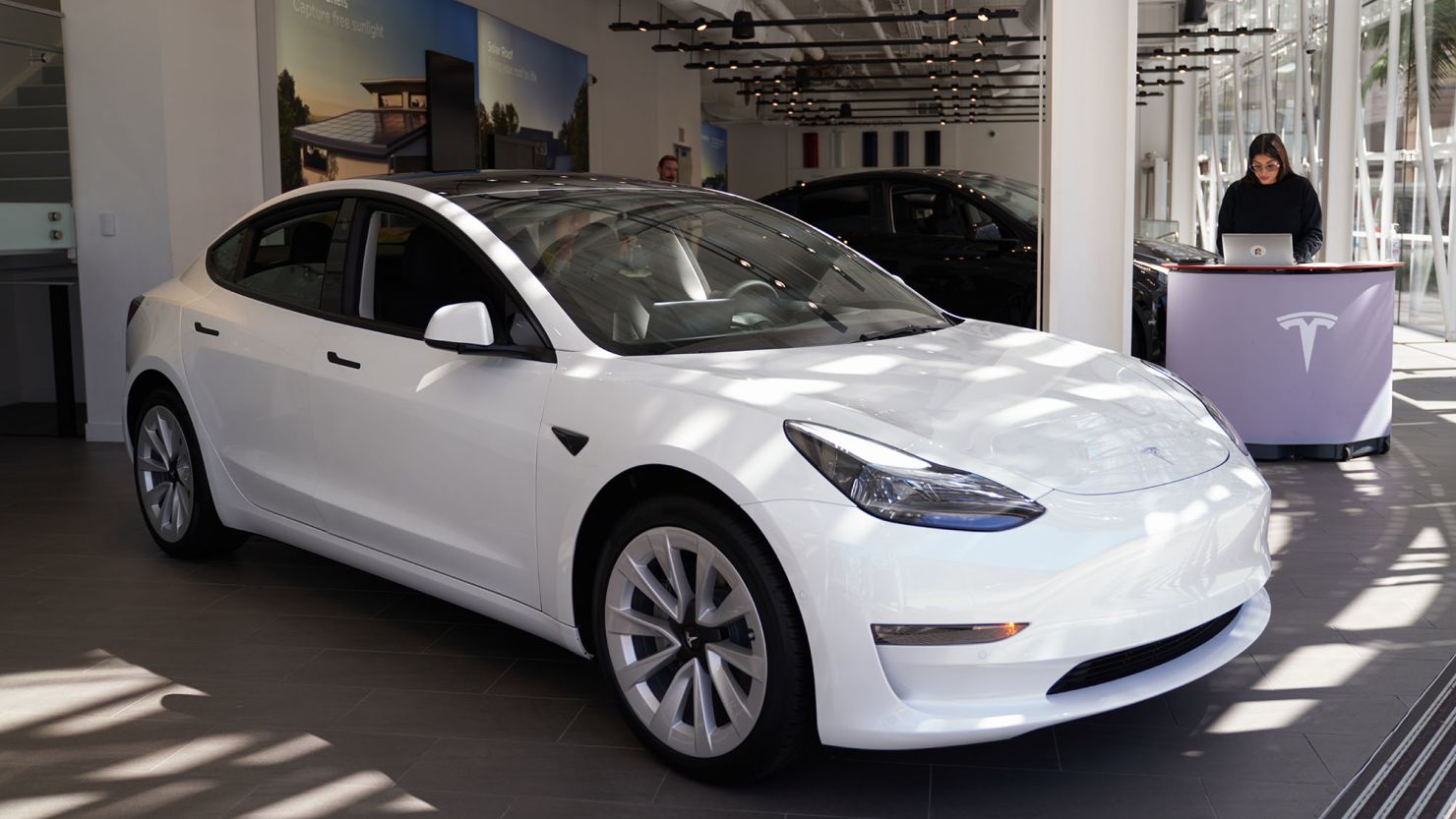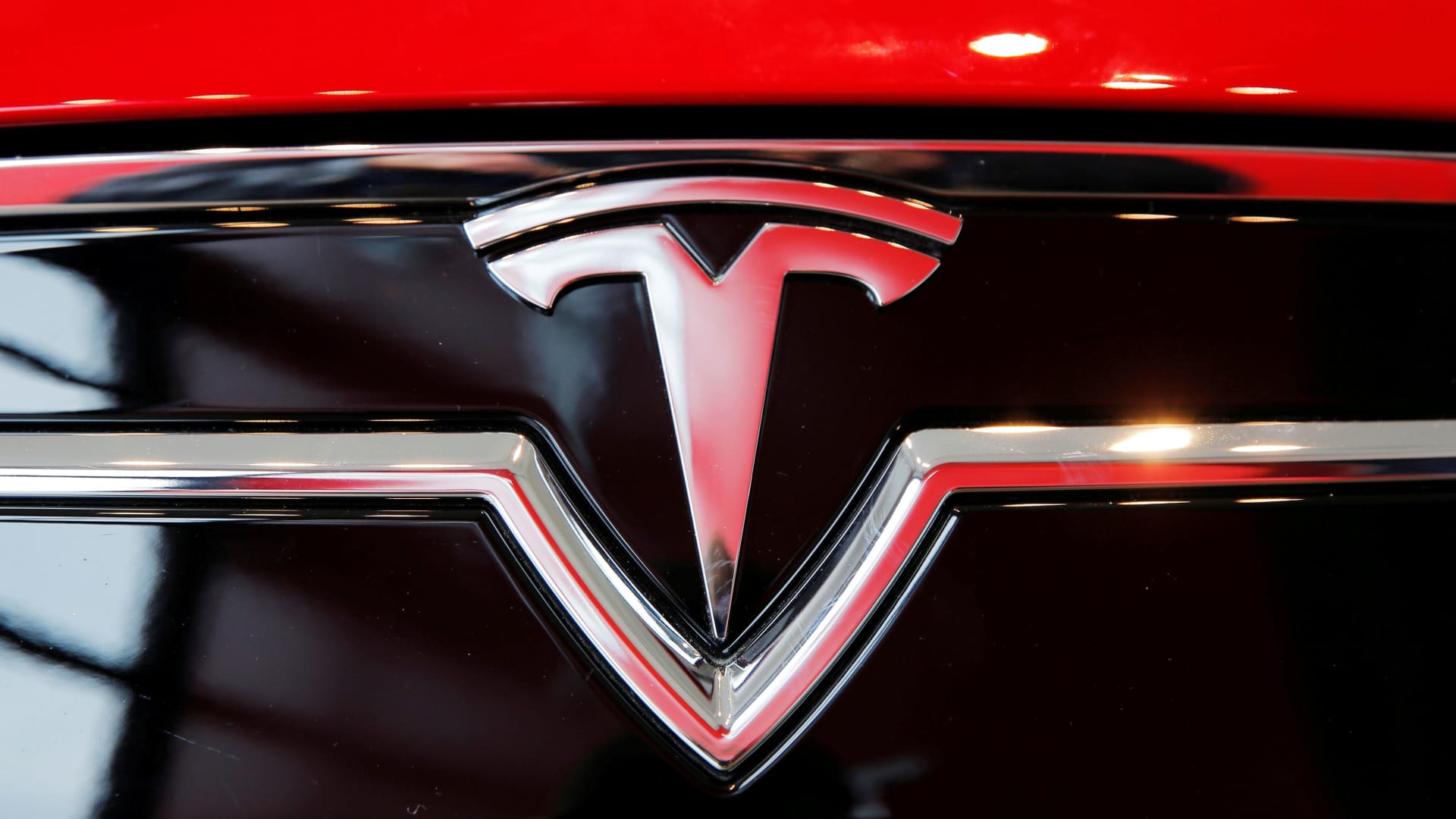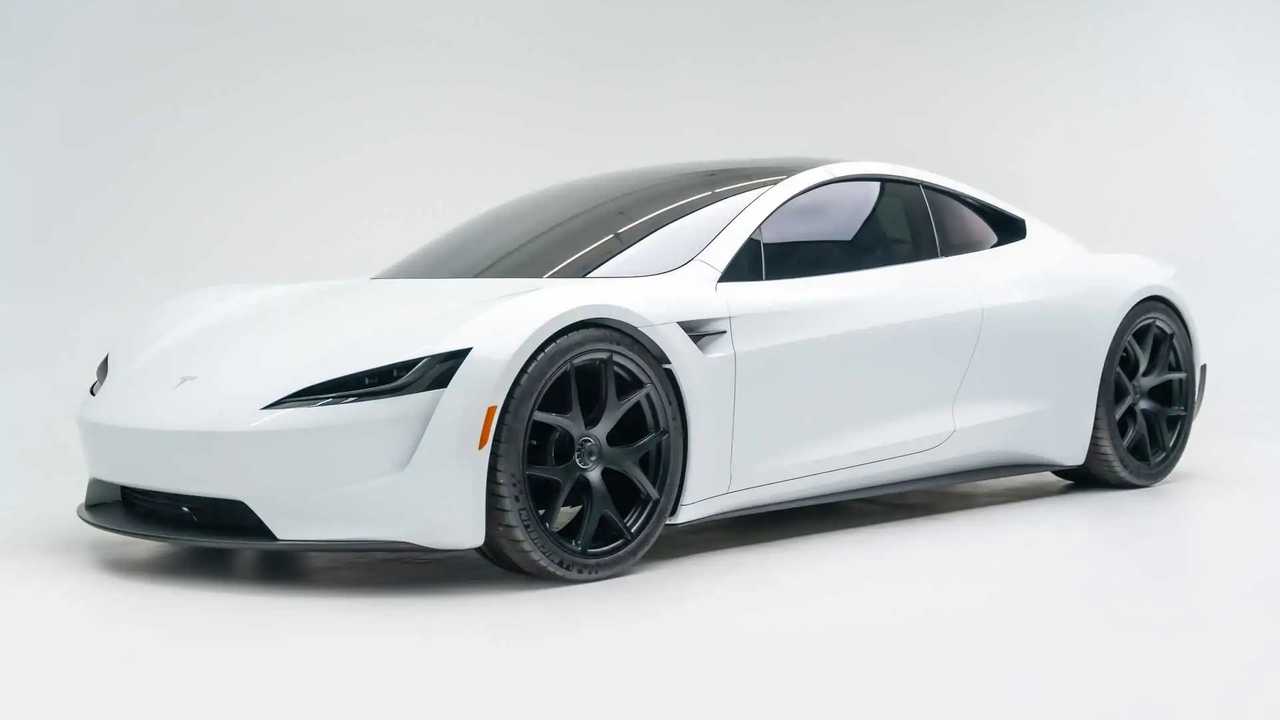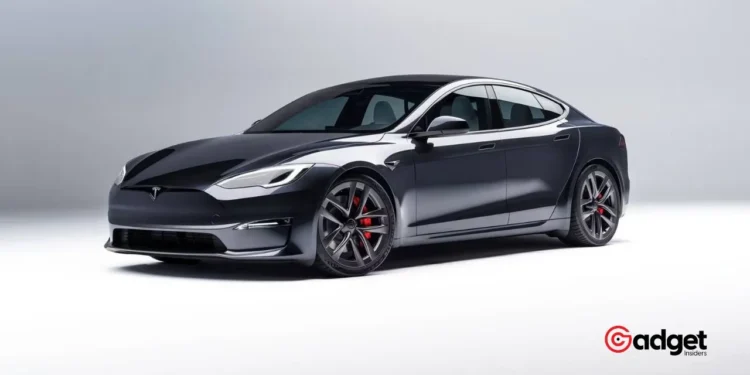In the sprawling landscapes of suburban St. Louis, an unusual sight unfolds—a once-bustling retail hub now serves as a makeshift parking lot for rows upon rows of gleaming new Tesla vehicles. The scene at Chesterfield Mall, about 20 miles west of St. Louis, is reflective of a broader narrative affecting the electric automotive giant. With production significantly outstripping deliveries, Tesla finds itself in an inventory bind, with a reported surplus of 46,561 vehicles as of the first quarter of 2024.

The Backdrop of a Retail Relic and Tesla’s Strategic Shift
The Chesterfield Mall, earmarked for demolition to make way for a $2 billion mixed-use development, epitomizes the decline of traditional retail spaces in America. As the final days of the mall draw near, with a closure date set for August 31, the Staenberg Group, which owns the property, is exploring innovative ways to utilize the space. Tim Lowe, a senior vice president at Staenberg, shared insights into the company’s strategy:

“We put a plan together to try and create alternate uses that would kindly be able to use some of the remaining life left in the mall before we tear it down. One of those uses was allowing people to use the parking lot for different things.”
The EV brand, with a dealership nearby in Chesterfield Valley lacking sufficient parking, has seized this opportunity to manage its overflow of vehicles. This move, while practical, underscores a larger issue of balance within the company—managing the rate of production with actual sales.
🔥🚨DEVELOPING: Bay Area Thieves have begun cutting Tesla cables at their charging stations for the copper inside of them. California is going mad. pic.twitter.com/fLfTzSxQf7
— Dom Lucre | Breaker of Narratives (@dom_lucre) May 14, 2024
A Global Glance: Tesla’s Production Continues Unabated
Tesla’s strategy to keep its production lines active is evident not just locally but globally. Recent drone footage from the company’s Fremont factory in California shows that new vehicles are continuously rolling off the lines. Similarly, across the Atlantic in Neuhardenberg, Germany, the local community has raised concerns over noise disruptions caused by the company transporters at the regional airport, further highlighting the global scale of the brand’s logistical challenges.

Understanding the Implications
This inventory surplus scenario presents a unique set of challenges and opportunities for Tesla. While it showcases the company’s robust production capabilities, it also highlights the critical need for strategic foresight in inventory management. For potential Tesla buyers, this could mean better availability of vehicles, possibly influencing market dynamics such as pricing and delivery times.
As the company navigates this complex landscape, the automotive industry and market observers alike will be keenly watching how the company adjusts its strategies in response to these challenges. Will the EV brand recalibrate its production to better align with market demands, or will it find innovative ways to manage and mitigate its burgeoning inventory? Only time will tell, but one thing is certain: the electric vehicle landscape continues to evolve, and Tesla remains at its forefront, for better or for worse.










